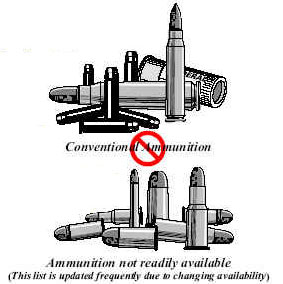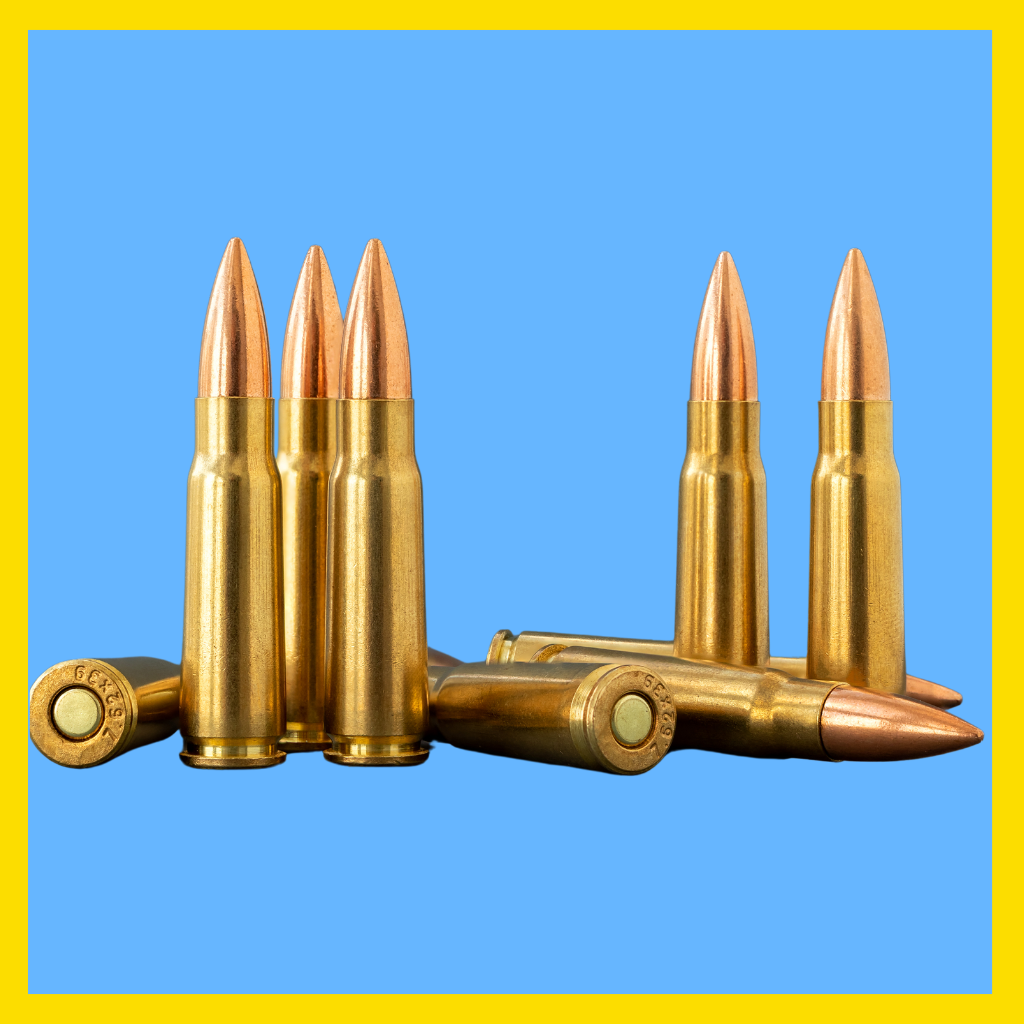The Of Ammunition Pro Llc
The Of Ammunition Pro Llc
Blog Article
Ammunition Pro Llc - An Overview
Table of ContentsNot known Factual Statements About Ammunition Pro Llc Ammunition Pro Llc - An Overview8 Simple Techniques For Ammunition Pro LlcThe Best Guide To Ammunition Pro LlcThe Basic Principles Of Ammunition Pro Llc
The fundamental parts of ammunition are the exact same for rifle, gun, and shotgun ammo. Today we're looking at the what the basic components of ammunition are and how they function with each other to terminate a round.It houses the primer and powder. The bullet is seated outdoors end of the situation. When you fire a bullet out of a semi-auto weapon, the weapon's extractor lifts the situation from the firing chamber and it flies out of the weapon. The instance is likewise often referred to as shells, brass, or casings.
A weapon's shooting pin strikes a cartridge's guide. The primer is a metal cup that holds an explosive chemical compound. When the firing pin strikes the primer cap, it crushes the priming compound versus the anvil. This produces a small explosion in the event that sparks the propellant. The guide is located in the rim of the case of a rimfire cartridge.
Ammunition Pro Llc Fundamentals Explained
The two usual kinds of guides in centerfire cartridges are Berdan and Fighter guides. Gunpowder alongside the case that generally includes it. Powder, likewise recognized as propellant or gunpowder, is a fast-burning chemical blend. The primer explosion ignites it. It is generally a combination of saltpeter, charcoal, and sulfur.

We call the projectiles for shotshells, which we fire through shotguns, slugs and shot. Now that you have a fundamental understanding of the basic components of ammo, you can feel a bit much more certain in how your weapon and ammo function!.
Some Ideas on Ammunition Pro Llc You Need To Know
Keep up with Special Deals, Advance Notification of Sales, and Shop Events
Enjoyable truth: Grains are used to describe the mass of a bullet due to the fact that right back in the early days of weapons, it was an apothecary's unit of measurement, and a common denominator was required to establish just how much cause utilize to make cast lead bullets (ammunitions for sale). 'Grains' as a system of action for weight goes all the way back to ancient times, and represents the weight of a grain of wheat

(https://coolors.co/u/ammunitiondde)For referral, the weight of a paper clip has to do with 16 gr. We know that grains are a step of mass, and more = heavier, and heavy is excellent? Yes, heavy is great, yet mass of the projectile isn't the only point you require to consider when choosing a round for your weapon.
How Ammunition Pro Llc can Save You Time, Stress, and Money.
Fun fact, this is the origin of the term "Rifle" ex-spouse. The effect this spin has on projectiles is a maintaining one the bullet rotating maintains the nose aimed straight, in the very same method that a flawlessly spiraled football toss is going to be a lot a lot more stable and precise in trip than an ugly duck, end over end throw.
How does this associate with grain weight? Imagine you're on among those play ground carousels, the ones with bars you hold on to while it rotates. Or a carnival trip where you're strapped to a board, facing inwards, which rotates truly quick. When it's spinning slowly, you don't feel a lot, and it's very easy to hang on.
The same result takes place with bullets. The larger the projectile, the even more result a quicker rotate will have on it.
Get This Report on Ammunition Pro Llc
There's one more aspect that we have to consider when choosing a grain weight for our ammunition. As hinted at above, bullet speed, or the rate of the projectile, is a significant element when figuring out the very best grain weight projectile to utilize. Rate is influenced by a couple of major elements, consisting of the type and quantity of propellant (gunpowder), barrel size, and bullet weight.

One of the most typical grain weight rounds for 9x19mm cartridges are 115gr and 124gr. These are commonly lead core, totally jacketed (FMJ) rounds. Both of these grain weight cartridges will do well in manufacturing facility 9mm handguns, to typical gun distances (approximately 50 yards). 115 grain rounds are one of the most usual (and as a result least costly).
Report this page